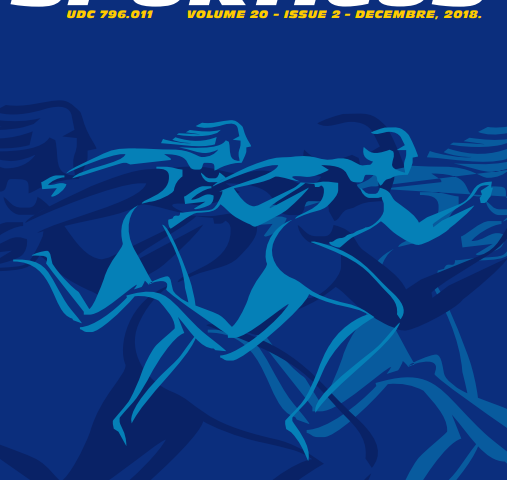Abstract
The purpose of this review article is to present a systematic overview of different approaches to strength and power of the lower limbs measured and monitored exclusively by isokinetic dynamometer test. The selected papers analyzed in this review cover testing protocol involving a concentric performance of both movements at the speed of 60°/sec and 180°/sec. The problems were related to lowered total leg power to unilateral and bilateral imbalances while knee joints are flexed or extended. The analysis of selected research reveals that individual programmed workouts created based on the data measured on an isokinetic dynamometer can significantly help to fix lack of strength muscle groups stabilizing the knee joint. We can say that appropriately planned workout process including correct control testing protocols causes significant transformations in the knee joint extensors and flexors. The selection of the relevant papers for this study was conducted in data bases Google Scholar, Medline, KoBSON, PubMed, ResearchGate and EBSCOdata with the following keywords: rehabilitation, knee joint, injuries, extension and flexion.
Key words: rehabilitation, knee joint, injuries, extension and flexion


